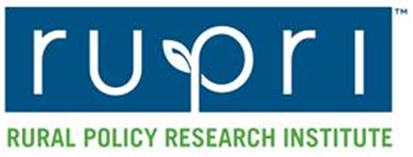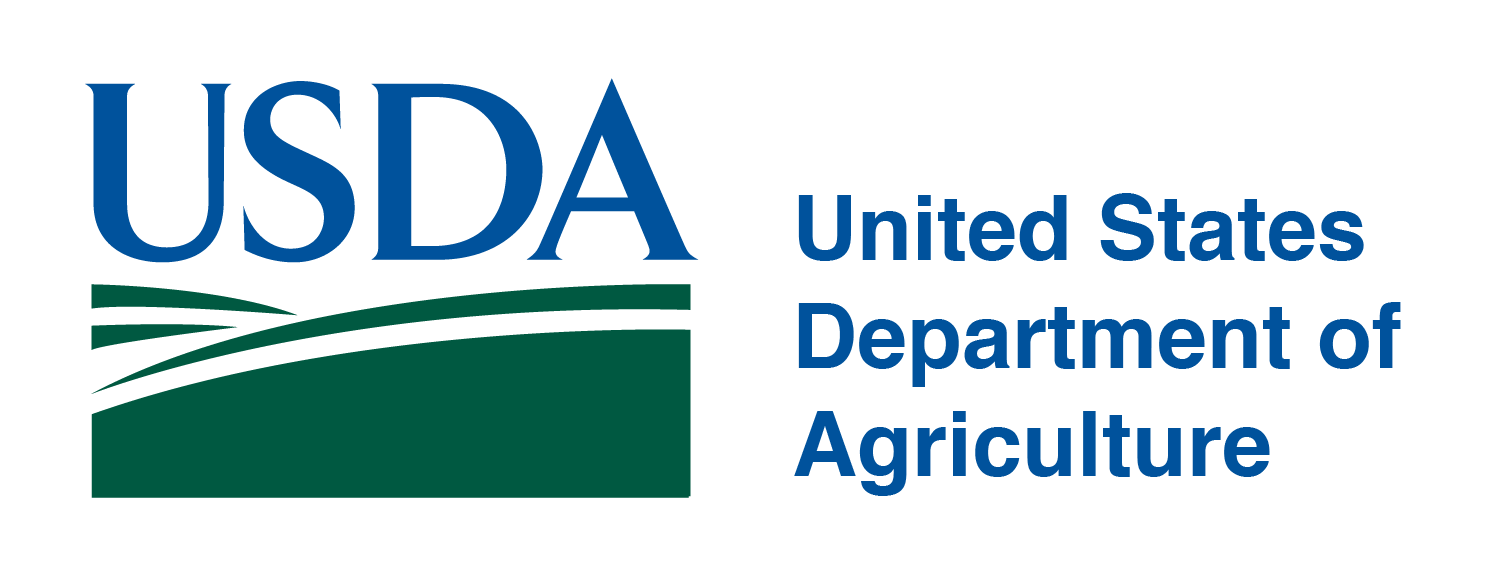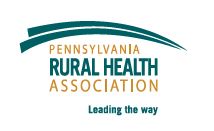Please read the information below to see how USDA Rural Development can help your community!
The Community Facilities Program provides affordable funding to develop essential community facilities in rural areas under 20,000 population. The loan rate is currently 3.875% and would be fixed for the life of the loan. Terms can be up to 40 years for acquisition or renovation of real estate and the useful life of equipment purchased. This loan program has no fees or prepayment penalties and does not require prevailing wages.
CF video (lumen5.com) Check out this video of for more information on the Community Facilities program and great projects USDA Rural Development has funded in PA.
See below for more examples of recent projects funded through our program in Pennsylvania.
USDA Rural Development Community Facilities Loan & Grant Program and Pennsylvania Nonprofits
What can Rural Development do for your organization and community?
- Purchase, construct, and/or improve essential community facilities, and pay related eligible project expenses
- Computer and technology upgrades
- Construction, acquisition, or rehabilitation of facilities an ADA compliance
- Parking and paving improvements
- HVAC equipment, electrical upgrades, emergency generators
- Interior improvements
- Training equipment
Examples of Projects in Pennsylvania include:
- LifeQuest Assisted Living in Bucks County received a Community Facilities Direct Loan of $39.9 Million to construct 123 new assisted living units and renovation of the existing nursing center to implement a 10-15 bed memory care unit.
- Bear Creek Foundation in Luzerne County received a Community Facility Direct Loan of $11.4 Million to construct a 36,000 square-foot addition to its existing charter school.
- Meadville Public Library in Crawford County received a Community Facility Direct Loan and Grant of $132,460 for a roof replacement.
- Big Valley Ambulance Club, Inc in Mifflin County received a Community Facilities Direct Loan and Grant of $128,200 for the purchase of a 2023 Life Line Victory liner ambulance.
- Penn Township in Clearfield County received a Community Facilities Direct Loan and Grant of $85,000 for the purchase of a Freightliner chassis with dump box and appurtenances.
- Sutersville Volunteer Fire Company in Westmorland County received a Community Facility Direct Loan and an Economic Impact Initiative Grant of $187,700 to purchase a new pumper truck, hose and spreader package for the fire department.
Please note that all applications are considered as loan only first. Grant funding is awarded based on financial need, availability of funds, and are a maximum of $50,000.
For more information on our program and how to apply, contact:
Crawford, Erie, Forest, Venango & Warren Counties
Courtney Bailey – Courtney.Bailey@usda.gov #814-547-5938
Allegheny, Armstrong, Beaver, Butler, Greene, Lawrence, Mercer & Washington Counties
Keith Lehman – Keith.Lehman@usda.gov #724-482-5289
Clarion, Fayette, Indiana, Jefferson & Westmoreland Counties
Eli Bratich – Eli.Bratich@usda.gov #724-482-5283
Blair, Cambria & Somerset Counties
Ron Moore – Ronald.Moore3@usda.gov #724-261-3891
Cameron, Columbia, Centre, Clearfield, Clinton, Elk, Lycoming, McKean, Montour, Northumberland, Potter, Snyder, Sullivan, Tioga and Union Counties
Judy Bartlett – Judy.Bartlett@usda.gov #570-749-3051
Bradford, Lackawanna, Luzerne, Susquehanna, Wayne & Wyoming Counties
Charles Garnett – Charles.Garnett@usda.gov #570-836-5111, x121
Berks, Bucks, Carbon, Chester, Lancaster, Lehigh, Monroe, Montgomery, Northampton, Pike, Schuylkill & Philadelphia Counties
Tonya St. Clair – Tonya.Stclair@usda.gov #484-795-7614
Adams, Bedford, Fulton, Franklin, Huntingdon, Juniata & Mifflin Counties
Ana Liza Setters – Analiza.Setters@usda.gov #717-601-3247
Cumberland, Dauphin, Delaware, Lebanon, Perry & York Counties
Melissa Kuhns – Melissa.Kuhns@usda.gov #717-601-3245





